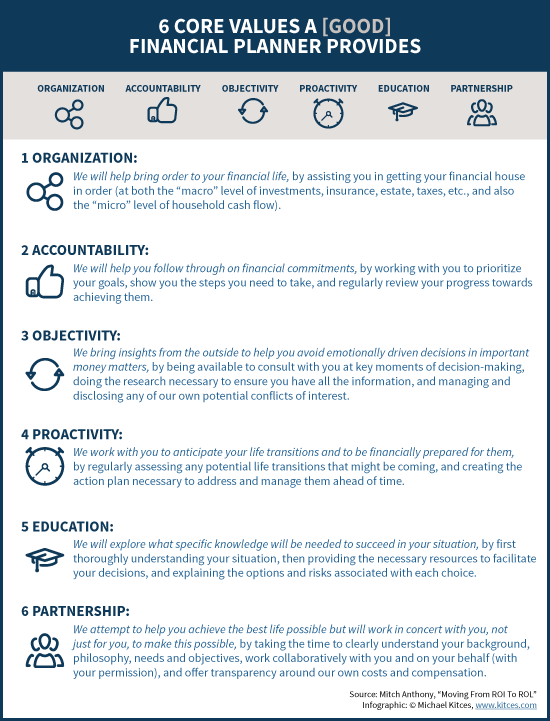Have you ever asked yourself this question?
How can I differentiate myself from the competition?
Or how about,
How do I explain my value in a way that helps plan sponsors to see that not all advisors are created equal?
Before you can convince your prospects to do business with you, first you need to understand exactly who you serve, what services you offer, and what value or benefit that provides. Then you must find the differentiating factor – what makes what you do different or better or unique compared to the marketplace?
How you explain what you do is what’s referred to as your unique “value proposition”.
Here are 4 key questions your value proposition should be able to answer.
1. Who do you serve?
According to Ken Haman, Managing Director at the Alliance Bernstein Advisor Institute, for a unique value proposition to be truly great, you need to specify the target client or group as much as possible and then articulate the group’s pain as clearly and powerfully as possible.
He says a great unique value proposition causes the audience to go, “Hey, that’s me they’re talking about!” and then, “Yes, that’s how I feel!” and then, “I’ve got to go talk to those guys!”
2. What services do you offer?
Your value proposition should clearly explain what you do and if it’s part of your marketing or website (which it should be), it should list the key benefits or features.
Click here to read another great article titled, “Useful Value Proposition Examples (and How to Create a Good One)” that critiques 10 different websites from various industries (including financial) and identifies the good, the bad, and the areas where improvements are needed.
3. What value do you provide?
According to David Newman of DoIt! Marketing, there are three main types of value that a company can deliver:
- Operational efficiency (the lowest price),
- Product leadership (the best product), or
- Customer intimacy (the best solution & service) which is where most advisors compete.
This is often the most difficult part to explain, especially if you’re trying to explain an intangible service that many of your clients don’t fully understand or are even aware that they need.
You must then be able to figure out if your service is unique in some way. Or you need to offer a better process that gets better results. Or you must explain your offering in such a clear and compelling way that it resonates with your prospects.
One of the best value proposition statements I’ve ever seen was discussed in Michael Kitces’ blog article titled “6 Key Value Propositions A Good Financial Planner Can Provide For Clients Seeking A Better “Return On Life” and is by Mitch Anthony.
While this is an example for a financial planning practice and not specific to 401k plans, it provides a great framework of how you can explain (and represent visually) what you do in a clear and compelling way that makes sense and is certainly unique in a profession filled with over-used industry jargon.
4. What’s your why?
If you’ve heard it all before and are still struggling to make your value proposition sound unique, this last question just might be the missing piece you’ve been looking for.
In Simon Sinek’s 2009 TED talk titled “How great leaders inspire action”, he explains that very few people or organizations know why they do what they do – the reason, the cause, the belief, the passion and purpose behind what it is they’re offering.
By defining and sharing this as the first part of your value proposition, you allow others to make gut decisions based on a shared belief system. Simon says,
People don’t buy what you do; they buy why you do it.
And the more you share your why, the more people that believe what you believe will want to work with you.
You can listen to his full talk (and I HIGHLY recommend you listen all the way through) here:
Conclusion
Building a great value proposition is so much more than just identifying your who, what, and how. You have to include the missing why if you’re going to truly resonate with your ideal prospect. Then you have to actually be valuable and have a unique story, process, or method that can be understood and embraced by your target prospect.
Additional Resource
Here’s an additional and article that you might find helpful:
- “The Non-Fiduciary Financial Professional Value Proposition” article by Benefit Plans Plus
Credit: Photo by Randy Fath on Unsplash

